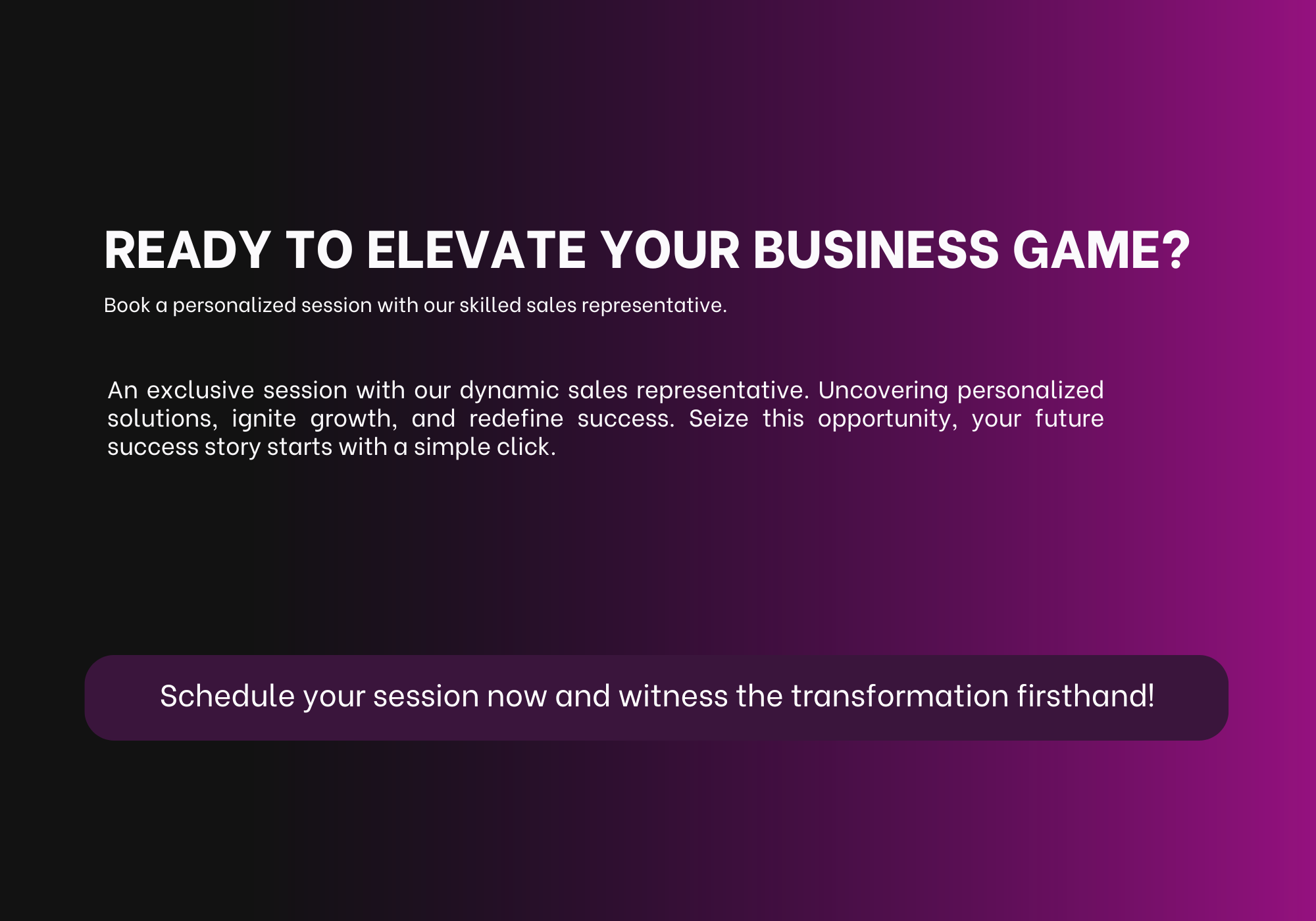Employing data analytics to enhance engagement rates is an excellent method of your strategy and content, regardless of whether you operate a website, social media, or other site. The following is a strategy for data analytics:
1. Track Key Metrics
Begin by establishing what engagement is to you and what are the most important metrics to measure. A few typical metrics include:
Clicks: Clicks on buttons, ads, or links.
Shares/Retweets: Number of times your content gets shared.
Comments/Interactions: Number and tone of comments or responses.
Time on Page: The amount of time users spend on your site/content.
Bounce Rate: Percentage of users who exit without further interaction.
Conversion Rates: The number of users who perform the desired action (for instance, fill out a form or complete a purchase).
2. Use Audience Segmentation
Analysis of data enables you to divide your audience into various segments. You can segment based on:
Demographics: location, gender, age.
Behavior: Previous interactions, purchase history, time spent on the website, etc.
Interests: What are they interacting with or following?
Segmenting your audience enables you to target a specific segment with customized content for increased engagement.
3. Content Performance Analysis
Look at what types of content receive the most interaction. Ask yourself:
Post types: Is a video, blog post, or infographic more effective?
Content topics: Are there subjects or themes that are more interactive for your audience?
Publishing time: At what time is interaction greatest (e.g., time of day, day of week)?
Use these results to strategize the creation of future content.
4. Test and Optimize using A/B Testing
A/B testing is an excellent method for testing variations of your content to determine what works best. For instance:
Headline tests: Try out different headlines or subject lines to determine which one gets more clicks.
Design elements: Try out different visuals, colors, or layouts to determine which one boosts engagement.
Call-to-action (CTA): Try out different CTA text or positions to boost conversions.
Ongoing A/B testing enables step-by-step optimization and data-informed decision-making.
5. Monitor Trends in Engagement
Engagement can change over time, so monitoring trends is key. Look for:
Seasonal trends: Is there a period of the year when engagement normally rises?
Content fatigue: Are some types of posts declining in engagement over time?
New interests: Are new topics or trends appearing that are popular with your audience?
By staying on top of trends, you can make adjustments in the moment.
6. Sentiment Analysis
Sentiment analysis allows you to quantify the emotional tone of the engagement with your content. Through the use of natural language processing (NLP) software, you can:
Classify comments or reviews as positive, neutral, or negative.
Determine frequent pain points, grievances, or improvement areas.
Tune messaging or content to enhance overall sentiment and engagement.
7. Leverage Predictive Analytics
Predictive analytics uses past data to forecast future results. From past engagement statistics, you can:
Predict the optimal times to post.
Predict the kind of content that has the highest chance of going viral.
Predict how individuals will behave so that you may personalize content more effectively.
8. Utilize Heatmaps
For an app or website, heatmaps give you an idea of where people tap, scroll, and spend most of their time. You can use heatmaps for:
Identify high-interest and engagement areas of a page.
Streamline content placement, e.g., bring crucial CTAs or vital information to more visible areas.
Determine whether users are overlooking key features or links.
9. Leverage Data Insights to Drive Strategy
The final goal in utilizing data analytics is to refine your overall strategy. This involves repeatedly:
Evaluating the success of your content and modifying it according to what works.
Tracking your KPIs (key performance indicators) to ensure they are driving towards your engagement objectives.
Utilizing user feedback to inform and enhance the user experience in a series of iterative loops.
10. Use Tools and Platforms to Automate
Utilize tools such as Google Analytics, social media analytics tools (e.g., Facebook Insights, Twitter Analytics), and specialty engagement tools (e.g., Hootsuite, Buffer) to automate reporting and drill down deeper.
By regularly tracking the information and making changes in response to what you learn, you can really drive up levels of interaction, building a loop of on-going improvement.


